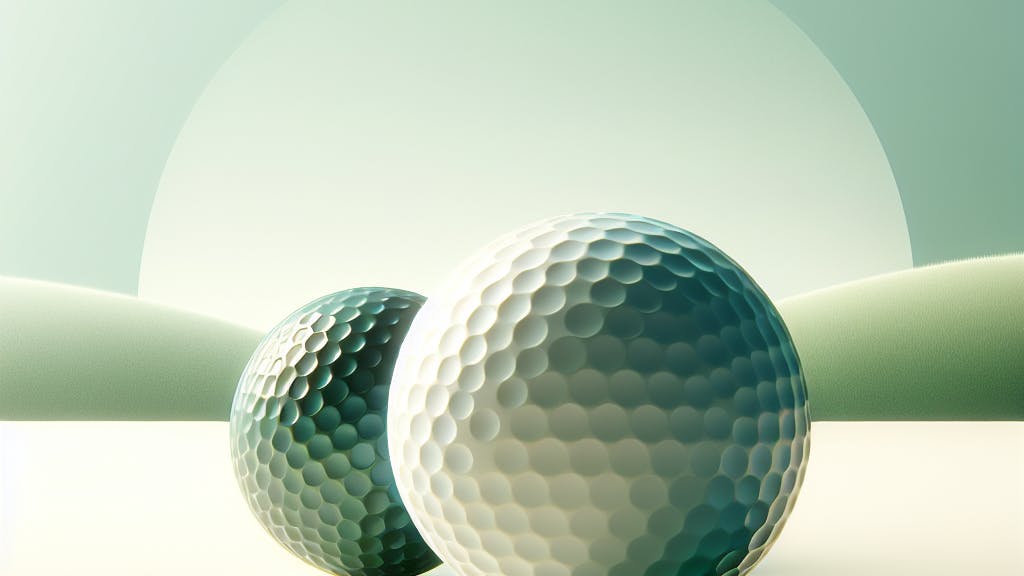
Soft vs Hard Golf Balls: Which One Feels Better?
Choosing between soft and hard golf balls depends on your swing speed, skill level, and personal preference. Here's a quick overview:
-
Soft balls (35-65 compression): • Better for slower swing speeds (<90 mph) • Higher launch and spin • More forgiving feel • Easier to control on short shots
-
Hard balls (65-120 compression): • Suit faster swing speeds (>90 mph) • Lower launch and spin • Firmer feel • Better distance for powerful hitters
Quick Comparison:
| Feature | Soft Balls | Hard Balls |
|---|---|---|
| Compression | 35-65 | 65-120 |
| Best for Swing Speeds | <90 mph | >90 mph |
| Feel | Cushioned | Firm |
| Spin | Higher | Lower |
| Launch | Higher | Lower |
| Control | Better for short game | Better for shaping shots |
| Durability | Less durable | More durable |
To find your ideal ball:
- Consider your swing speed and skill level
- Test different balls on the course
- Pay attention to feel, distance, and control
- Choose based on your overall performance and comfort
Remember: There's no one-size-fits-all solution. The right ball for you might change as your game improves.
Related video from YouTube
2. Golf Ball Compression Basics
Golf ball compression is a key factor in how a ball feels and performs. It's the measure of how much a ball deforms when struck.
2.1 What is Compression?
Compression refers to how much a golf ball's core squishes when hit. It's measured on a scale from 30 (softest) to 120 (hardest).
| Compression Rating | Feel | Core Density |
|---|---|---|
| 30-70 | Soft | Less dense |
| 71-90 | Medium | Moderately dense |
| 91-120 | Hard | Very dense |
2.2 Compression Ratings Explained
Low compression balls (30-70) are softer and suit slower swing speeds. High compression balls (91-120) are harder and work best for faster swings.
For example:
- The Callaway Supersoft has a rating of 60, ideal for slower swings.
- The Titleist Pro V1x has a rating of 90, suited for faster swings.
2.3 How Compression Changes Feel
Compression greatly affects how a ball feels at impact:
- Low compression: Feels softer, more "mushy"
- High compression: Feels firmer, more "clicky"
"Compression is a measure of the deflection a golf ball undergoes when it is struck," explains Tony Covey of MyGolfSpy.
Swing speed matters too. A player with a 90 mph swing might find a Pro V1x too hard, while a 120 mph swinger would compress it well.
3. Soft Golf Balls
3.1 Features of Soft Golf Balls
Soft golf balls are made to give a gentle feel when hit. They have:
- Low compression ratings (30-70)
- Thicker cover layers
- Materials like urethane or ionomer
These balls work well for players with slower swing speeds (under 90 mph).
3.2 Compression of Soft Balls
Soft golf balls have low compression ratings:
| Ball Model | Compression Rating | Price (per dozen) |
|---|---|---|
| Wilson 2023 Duo Soft | 35 | $19.99 |
| Callaway 2023 Supersoft | 38 | $29.99 |
| TaylorMade Soft Response | 50 | $39.99 |
Lower ratings mean the ball squishes more on impact. This helps slower swingers get more distance.
3.3 How Soft Balls Feel on Impact
Soft balls feel different when hit:
- Driver: Mushy, less "clicky"
- Irons: Softer impact, more control
- Short game: Better feel, easier to stop on greens
- Putting: Softer touch, may help with distance control
Players often say soft balls feel more "responsive" around the greens.
"Playing with a ball that matches your swing is vital to get the most out of your game."
Soft balls can help in cold weather too. They stay more flexible when temperatures drop.
Remember: Feel is personal. Try different balls to find what works for you.
4. Hard Golf Balls
4.1 Features of Hard Golf Balls
Hard golf balls have:
- Higher compression ratings (65-120)
- Firmer cores
- Tougher outer covers
These features make them:
- More durable
- Better for faster swing speeds
- Able to generate more side spin
4.2 Compression of Hard Balls
Hard golf balls typically have compression ratings between 65 and 120. Here's a quick look at some popular hard golf balls:
| Golf Ball | Compression Rating |
|---|---|
| Titleist Pro V1x | 100 |
| Bridgestone Tour B X | 100 |
| Callaway Chrome Soft X | 100 |
Higher compression means the ball deforms less on impact. This suits players with faster swing speeds, typically over 100 mph.
4.3 How Hard Balls Feel on Impact
Hard golf balls feel different across various shots:
- Driver: Firmer feel, lower launch
- Irons: More feedback, easier to shape shots
- Short game: Less forgiving, require more skill
- Putting: Firmer feel off the putter face
Hard balls can be tricky to use in cold weather. They become even firmer, making them harder to compress.
"Generally speaking, at similar compression, a ball with a urethane cover will feel softer than an ionomer covered ball." - Tony Covey, MyGolfSpy
Pro players often prefer hard balls for their performance benefits. For example, Justin Thomas, Bryson Dechambeau, and Hideki Matsuyama use firmer golf balls in their games.
5. Soft vs Hard Golf Balls
5.1 Comparison Table
| Feature | Soft Golf Balls | Hard Golf Balls |
|---|---|---|
| Compression Rating | 35-65 | 65-120 |
| Feel | Delicate, more forgiving | Firm, responsive |
| Spin | Higher | Lower |
| Best for Swing Speeds | Under 100 MPH | Above 100 MPH |
| Flight | Higher launch | Lower launch |
| Roll | Less ground roll | More ground roll |
| Durability | Less durable | More durable |
5.2 Feel Differences on Impact
Soft and hard golf balls offer distinct feels upon impact:
-
Soft balls: Provide a cushioned feel, especially useful for slower swing speeds. They compress more easily, giving a sense of "sticking" to the clubface longer.
-
Hard balls: Deliver a crisp, responsive feel. Fast-swing players often prefer this feedback for shot shaping and control.
5.3 Performance Differences
Performance varies based on the golfer's skill and playing conditions:
Distance:
- For swing speeds under 100 MPH, soft balls often travel further.
- Above 100 MPH, hard balls typically offer more distance.
Control:
- Soft balls generate more spin, helping with shot-stopping on greens.
- Hard balls provide better control for skilled players who can manipulate spin.
Weather Impact:
- In cold conditions, hard balls become even firmer, potentially affecting performance.
- Soft balls maintain more consistent feel across temperature ranges.
Short Game:
- Soft balls offer more spin and control around greens.
- Hard balls require more skill for delicate shots but can be more predictable.
"Softer balls help to optimize for greater distance and a straighter flight; however, these balls can struggle around the greens."
The choice between soft and hard golf balls depends on individual factors like swing speed, skill level, and playing conditions. Golfers should test different balls to find their best fit.
6. What Affects Ball Feel Preference
6.1 Swing Speed Effects
Swing speed plays a key role in ball feel preference:
| Swing Speed | Ball Type | Reason |
|---|---|---|
| Under 85 MPH | Soft | Easier to compress, more distance |
| 85-100 MPH | Mid-range | Balance of feel and performance |
| Over 100 MPH | Hard | Better control, lower spin |
Golfers with slower swings often prefer softer balls for better compression and distance. Fast swingers typically opt for harder balls to maintain control.
6.2 Weather and Course Conditions
Weather and course conditions can change how a ball feels:
- Temperature: Cold weather makes balls feel harder. A 10°F drop can reduce distance by 2-3 yards.
- Humidity: Has little effect on ball flight, contrary to popular belief.
- Altitude: Higher elevations increase distance due to thinner air.
- Wind: Affects ball flight more than other weather factors.
Tip: In cold weather, consider using a lower compression ball for better feel and performance.
6.3 Player Style and Skill
A golfer's style and skill level impact ball choice:
- Beginners: Often prefer softer, more forgiving balls.
- Advanced players: May choose firmer balls for more control and spin.
- Shot shapers: Typically opt for balls that allow more spin manipulation.
- Straight hitters: Might prefer balls with less side spin for accuracy.
Example: Professional golfers like Dustin Johnson and Rory McIlroy use softer balls, while Justin Thomas and Bryson DeChambeau prefer firmer options.
The right ball can enhance your game, but it's about finding what works for you. Test different balls in various conditions to determine your ideal match.
7. Feel Across Different Shots
7.1 Driver Shots
The feel of soft and hard golf balls differs noticeably during driver shots:
| Ball Type | Feel on Driver | Best For |
|---|---|---|
| Soft | Muted sound, more forgiving | Slower swing speeds (<85 mph) |
| Hard | 'Clicky' sound, less forgiving | Faster swing speeds (>100 mph) |
Players with slower swing speeds often prefer soft balls for driver shots. These balls compress more easily, helping to maximize distance. In contrast, hard balls suit faster swingers, offering better control and lower spin rates.
7.2 Iron Shots
For iron shots, the difference in feel between soft and hard balls becomes more apparent:
- Soft balls: Provide a cushioned feel and higher spin rates, which can help with shot-shaping and stopping power on greens.
- Hard balls: Offer a firmer feel and lower spin, which can lead to more distance but less control.
7.3 Short Game and Putting
In the short game and putting, ball compression plays a key role:
| Shot Type | Soft Ball | Hard Ball |
|---|---|---|
| Chip shots | More spin, better control | Less spin, more roll |
| Pitch shots | Higher trajectory, softer landing | Lower trajectory, more run |
| Putting | Softer feel, may help with distance control | Firmer feel, potentially more consistent roll |
"Does ball compression matter to you when putting?"
This question from a golf forum highlights the importance of ball feel in the short game. Many golfers find that softer balls provide better feedback and control on the greens.
Tip: Experiment with different ball types across various shots to find the best fit for your game. Remember, personal preference and playing conditions also factor into ball selection.
sbb-itb-ea6abd0
8. Pros and Cons of Soft Golf Balls
8.1 Soft Ball Advantages
Soft golf balls offer several benefits, especially for certain types of players:
| Advantage | Description |
|---|---|
| Better for slower swings | Ideal for players with swing speeds under 90 mph |
| Higher launch | Creates more lift, potentially increasing distance for slower swingers |
| More spin | Offers better control on approach shots and around the greens |
| Improved feel | Provides a cushioned impact, enhancing feedback and comfort |
| Cold weather performance | Maintains performance better in colder temperatures |
| Cost-effective | Often priced lower than harder, premium balls |
For players with slower swing speeds, soft golf balls can be a game-changer. They compress more easily, helping to maximize distance off the tee. This is particularly useful for those struggling to generate power.
"Players with slower swing speeds who play a softer ball enjoy close to an ideal ball flight with their driver and irons."
Soft balls also excel in the short game. Their higher spin rates can help with shot-shaping and stopping power on greens, giving players more control over their approach shots.
8.2 Soft Ball Disadvantages
Despite their benefits, soft golf balls have some drawbacks:
| Disadvantage | Description |
|---|---|
| Less durable | Softer cover materials wear out faster |
| Reduced distance for fast swingers | May not perform optimally for players with high swing speeds |
| Less control for skilled players | Can be harder to shape shots for low-handicap golfers |
| Higher spin can increase slice/hook | May exaggerate swing flaws for some players |
| Limited options at premium level | Fewer choices among tour-level soft balls |
Durability is a key issue with soft golf balls. Their softer covers, while providing better feel, tend to scuff and cut more easily. This can lead to more frequent ball changes during a round.
For players with faster swing speeds (over 100 mph), soft balls might not offer the best performance. These golfers may find that softer balls spin too much off the tee, reducing overall distance.
"Golfers with swing speeds over 100 mph should likely use a harder golf ball."
It's worth noting that while soft balls can help some players gain distance, they're not always the best choice for skilled players looking to shape their shots. The reduced side spin can make it harder to intentionally curve the ball around obstacles.
When choosing between soft and hard golf balls, consider your swing speed, playing style, and personal preferences. Many golfers find that testing different balls on the course is the best way to determine which type suits their game best.
9. Pros and Cons of Hard Golf Balls
9.1 Hard Ball Advantages
Hard golf balls offer several benefits, particularly for players with faster swing speeds:
| Advantage | Description |
|---|---|
| Distance | Better energy transfer for longer shots |
| Control | More side spin for shot shaping |
| Durability | Longer-lasting due to firmer cover |
| Performance in warm weather | Maintain consistency in higher temperatures |
Players with swing speeds over 100 mph often prefer hard golf balls. These balls can effectively transfer the energy from a fast swing, resulting in greater distances. For example, in a test with a 112 mph swing speed, the Titleist Pro V1x (a hard ball) traveled 262 yards, compared to 258 yards for the softer Bridgestone e6.
Hard balls also provide more control for skilled players. The increased side spin allows for better shot shaping, making it easier to fade or draw the ball intentionally.
9.2 Hard Ball Disadvantages
Despite their advantages, hard golf balls have some drawbacks:
| Disadvantage | Description |
|---|---|
| Less forgiving | Can exaggerate swing flaws |
| Reduced feel | Firmer impact may provide less feedback |
| Cold weather performance | May feel even harder in low temperatures |
| Not suitable for most golfers | Best for only about 10% of players |
Hard golf balls can be less forgiving, especially for players with slower swing speeds or inconsistent swings. The increased side spin can lead to shots going further offline when not struck properly.
"Most golfers shouldn't be playing harder golf balls, however. It actually makes the game more difficult because these balls have more side-spin, leading to shots going even farther offline than normal." - Sean Fairholm
Another consideration is the feel of hard golf balls. Some players find them less comfortable to hit, particularly on shorter shots around the green where touch and feel are crucial.
It's worth noting that only a small percentage of golfers truly benefit from hard golf balls. Titleist, for example, designs their Pro V1x for players with swing speeds above 105 mph, which applies to only about 10% of golfers.
When choosing between soft and hard golf balls, consider your swing speed, playing conditions, and personal preferences. Many players find that testing different balls on the course is the best way to determine which type suits their game best.
10. Player Types and Ball Choices
Different golfers need different balls. Let's look at how player types affect ball choice:
10.1 New vs. Experienced Players
New players often do better with soft, low-compression balls:
| Player Type | Recommended Ball | Why |
|---|---|---|
| New Players | Cut Red (60 compression) | Easier to hit, more forgiving |
| Experienced Players | Cut Blue (90 compression) | Better control, more distance |
A beginner with a 2-year experience and 94-97 mph swing speed found Cut Red balls gave them good distance and lasted longer.
10.2 Slow vs. Fast Swing Speeds
Swing speed is key in choosing the right ball:
| Swing Speed | Ball Type | Example |
|---|---|---|
| Under 85 mph | Soft, low-compression | Wilson Duo Soft 2023 |
| 85-104 mph | Mid-compression | Taylormade Soft Response |
| Over 105 mph | High-compression | Titleist ProV1 |
Cut Golf's founder states: "Don't be fooled by the price tag - these golf balls perform as good as the big brands... Guaranteed."
10.3 Shot Shapers vs. Straight Hitters
Playing style also matters:
-
Shot shapers: Prefer softer balls for more spin and control. The Kirkland Signature ball, with its urethane cover, is good for this.
-
Straight hitters: Often like harder balls for more distance. The Callaway Warbird, with its high-energy core, fits this need.
11. Ball Cover Material and Feel
Golf ball cover material plays a big role in how a ball feels when you hit it. Let's look at the main types:
11.1 Urethane Covers
Urethane covers are soft and give you more control. They're great for:
- More spin on short shots
- Better feel on impact
- Shaping shots
Pro tip: If you're a low handicap golfer (10 or under), urethane balls like the Titleist Pro V1 or TaylorMade TP5 can help your short game.
11.2 Ionomer Covers
Ionomer covers, like Surlyn, are harder and last longer. They offer:
- Less spin
- More distance
- Lower cost
Who should use them?: High handicap golfers (20+) often do well with ionomer balls like the Titleist Velocity.
11.3 Cover Material and Feel
Here's a quick comparison of how cover materials affect feel:
| Cover Material | Feel | Spin | Durability | Best For |
|---|---|---|---|---|
| Urethane | Soft | High | Less | Low handicappers, pros |
| Ionomer | Firm | Low | More | High handicappers, beginners |
Remember, your swing speed matters too. Fast swingers often prefer urethane for control, while slower swingers might like ionomer for distance.
A real-world example: A 24-handicap golfer found their short game got much better with urethane balls, even though they cost more.
12. How to Test Golf Ball Feel
Testing golf balls helps you find the right fit for your game. Here's how to do it:
12.1 Compression Tests
Compression ratings tell you how much a ball deforms on impact. To check:
- Look at the box: Most makers list the compression rating.
- Squeeze test: For very soft balls, you can feel the difference.
| Compression Rating | Ball Type | Best For |
|---|---|---|
| 35-65 | Soft | Slower swing speeds (under 90 mph) |
| 65-120 | Hard | Faster swing speeds (over 90 mph) |
12.2 On-Course Testing
Try balls during actual play:
- Use the same club for each ball
- Hit multiple shots with each ball type
- Pay attention to:
- Distance
- Spin
- Control
- How it feels off the clubface
"The right ball can be a game-changer. Test different balls to find what works best for your swing and style," says Danny Kapp, golf writer and editor.
12.3 Try Different Balls
Don't stick to one type. Mix it up:
- Buy sleeves of 3 balls instead of full dozens
- Trade balls with golf buddies to try more types
- Focus on short game first:
- Putting
- Chipping
- Approach shots
Tip: Keep notes on how each ball performs. This helps you make a final choice.
13. Conclusion
13.1 Key Feel Differences
Soft and hard golf balls offer different experiences:
| Aspect | Soft Golf Balls | Hard Golf Balls |
|---|---|---|
| Feel | More forgiving, higher launch | Firmer, lower launch |
| Spin | Higher spin rates | More side spin |
| Distance | Better for slower swings | Suited for faster swings |
| Control | Easier to stop on greens | Require more skill to control |
13.2 Personal Preference Matters
Choosing between soft and hard golf balls depends on:
- Swing speed
- Skill level
- Playing conditions
- Personal comfort
Tip: Test different balls to find your ideal match.
13.3 Test and Practice
To find your perfect golf ball:
- Buy sleeves of various ball types
- Play multiple rounds with each
- Note performance in different situations:
- Driving distance
- Approach shot control
- Short game feel
- Putting consistency
"The golf ball is your direct connection to the game. Finding the one that complements your strengths and addresses your weaknesses can significantly enhance your overall golfing experience."
Remember: There's no one-size-fits-all solution. The right ball for you might change as your game improves.
FAQs
What does "soft feel golf ball" mean?
A soft feel golf ball has a lower compression rating, typically between 35 and 65. These balls:
- Compress more on impact
- Provide a higher launch angle
- Feel more forgiving, especially for slower swing speeds
Example: The Vice Pro Soft is known for its soft compression and gentle feel.
Is a hard or soft golf ball better?
The choice depends on your:
- Swing speed
- Skill level
- Personal preference
| Player Type | Recommended Ball Type |
|---|---|
| Average golfer | Soft (35-65 compression) |
| Fast swinger | Hard (65-120 compression) |
Pro tip: Test different balls to find what works best for your game.
What are the disadvantages of soft golf balls?
Soft golf balls can have drawbacks for certain players:
- Less distance for fast swingers
- Potential for too high launch angles
- May feel "spongy" for some players
How to tell if a golf ball is hard or soft?
You can identify a golf ball's hardness by:
- Checking the compression rating (if available)
- Feeling the ball's surface
- Observing the sound at impact
Note: Hard balls typically have a "clicky" sound, while soft balls have a more muted impact sound.
Should I play a hard or soft golf ball?
Consider these factors:
| Factor | Soft Ball | Hard Ball |
|---|---|---|
| Swing speed | Slower (<95 mph) | Faster (>95 mph) |
| Skill level | Beginner to intermediate | Intermediate to advanced |
| Desired spin | Higher spin rates | More side spin |
| Launch preference | Higher launch | Lower launch |
Expert advice: Sean Fairholm suggests, "If you are below 95 mph or so, go with a softer golf ball."


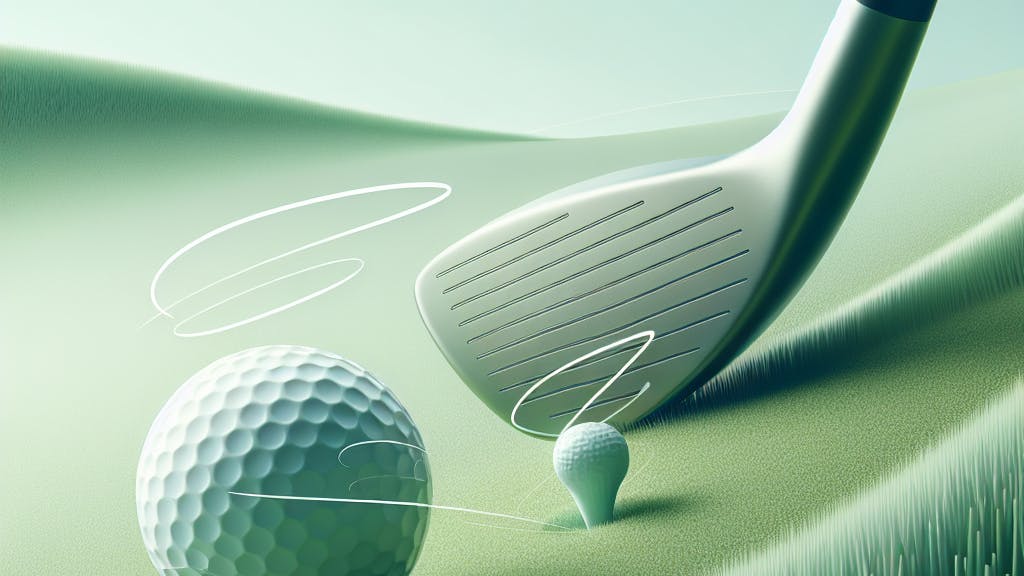
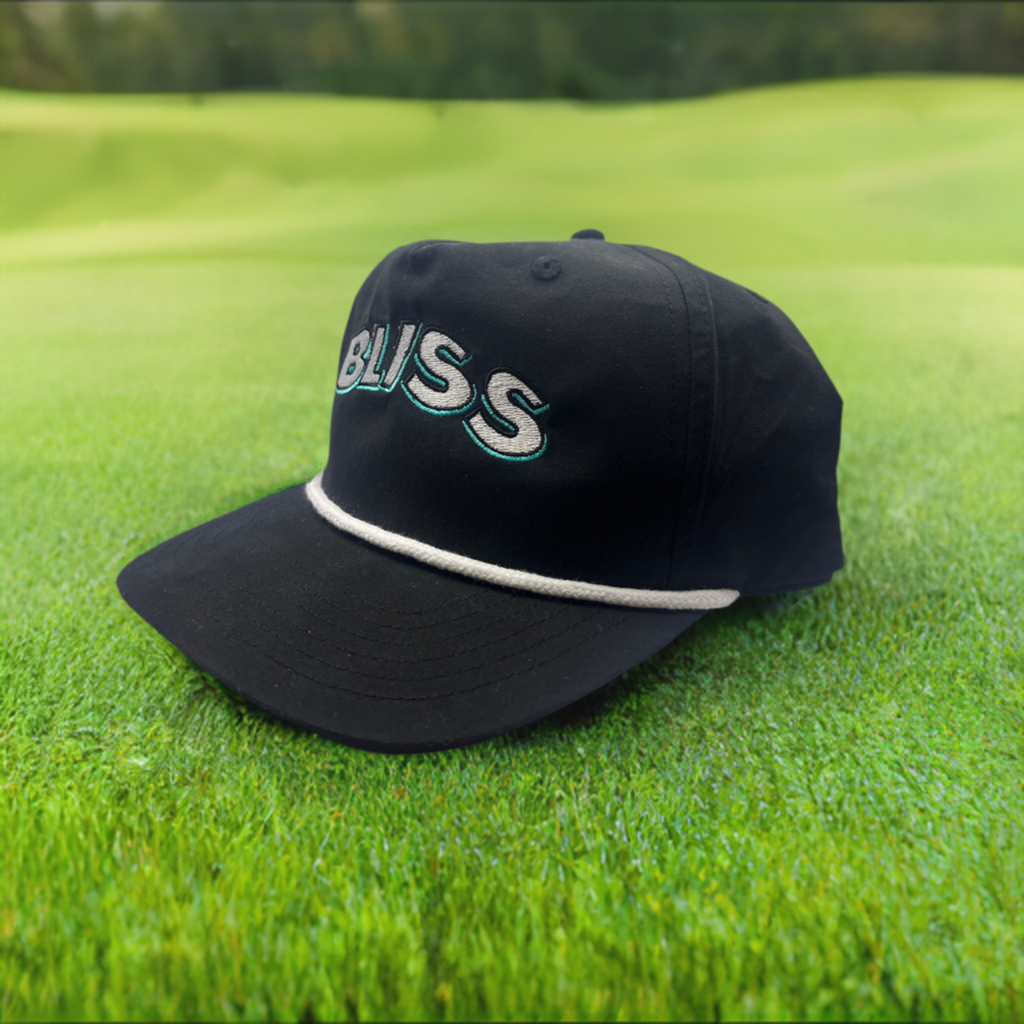
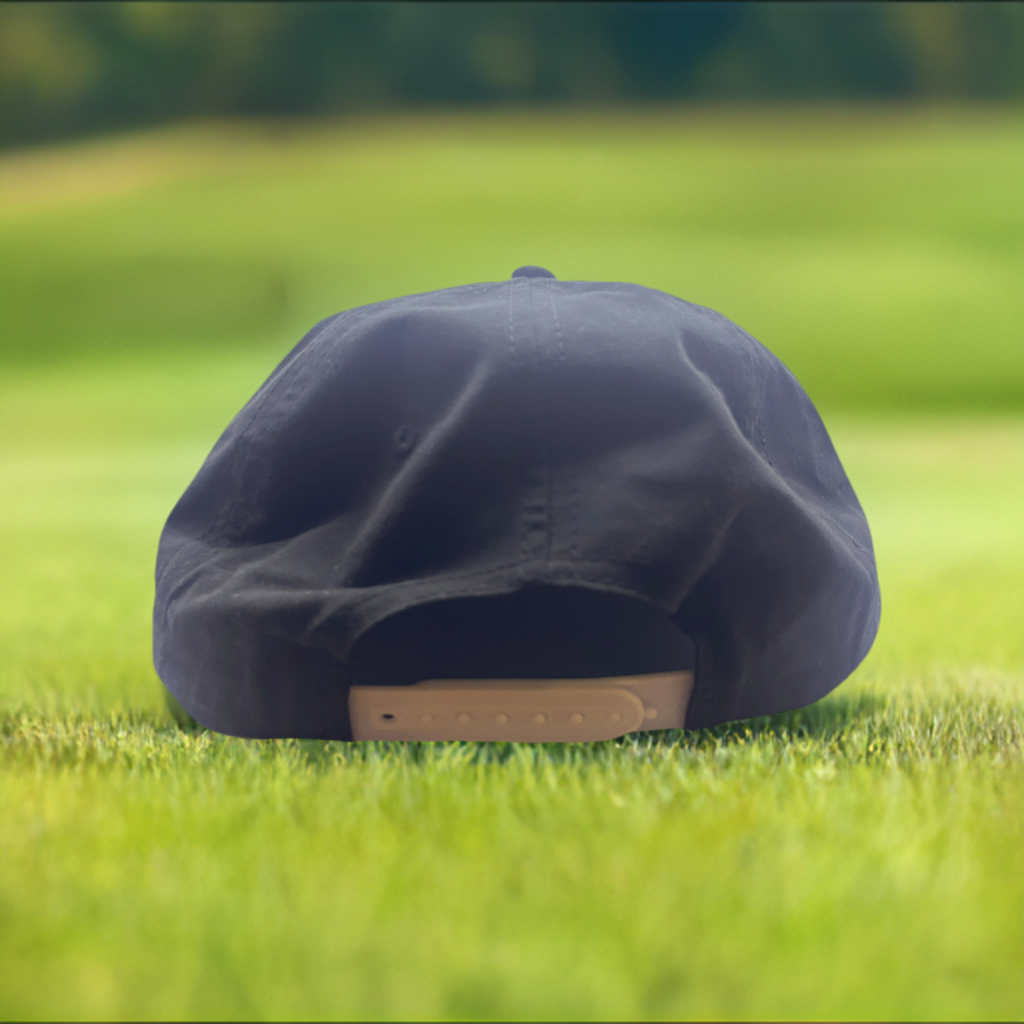
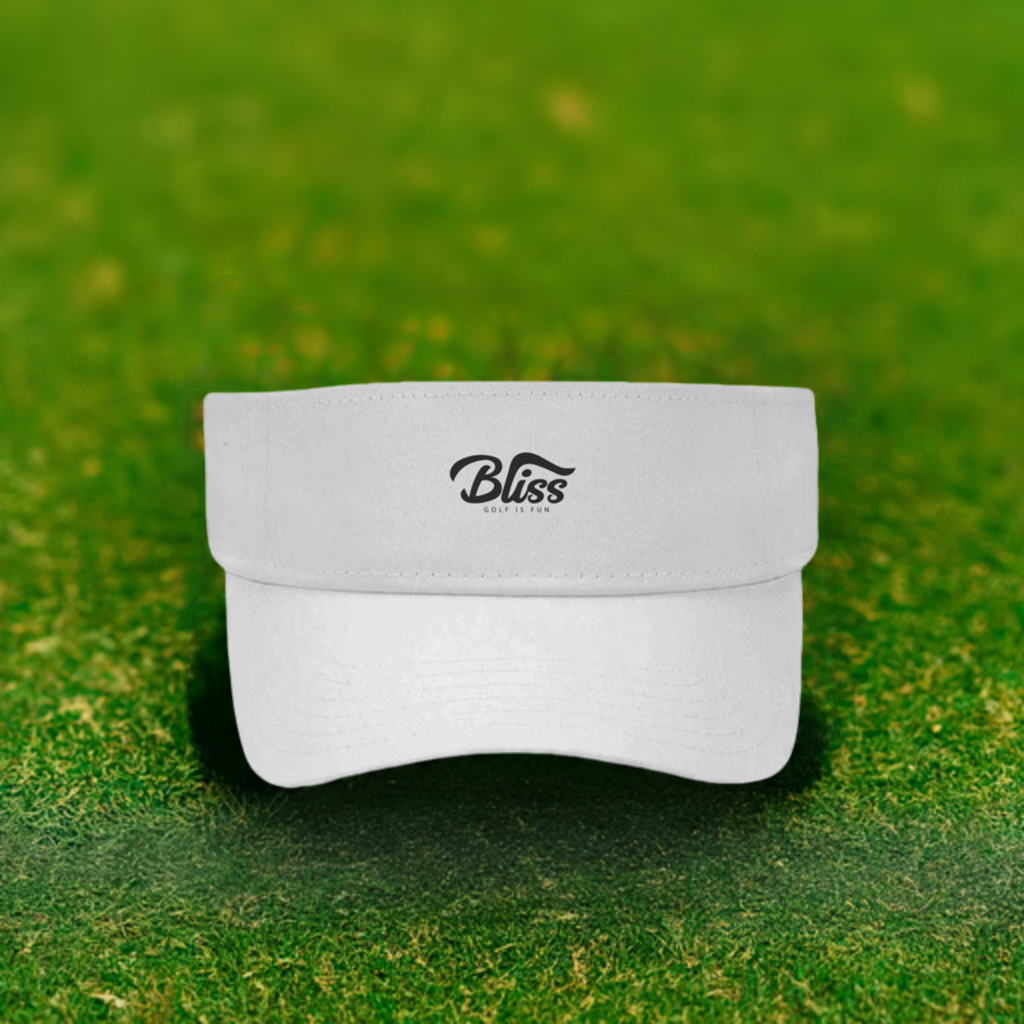
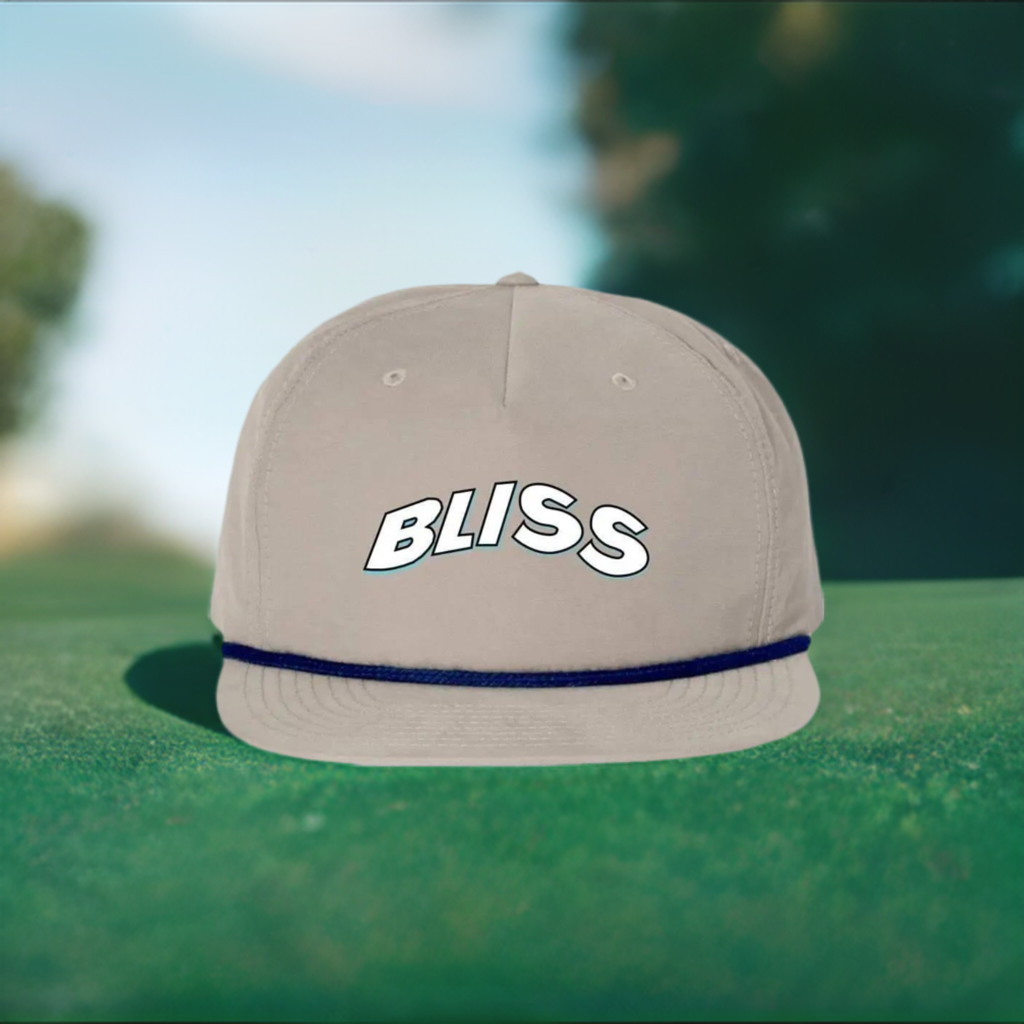
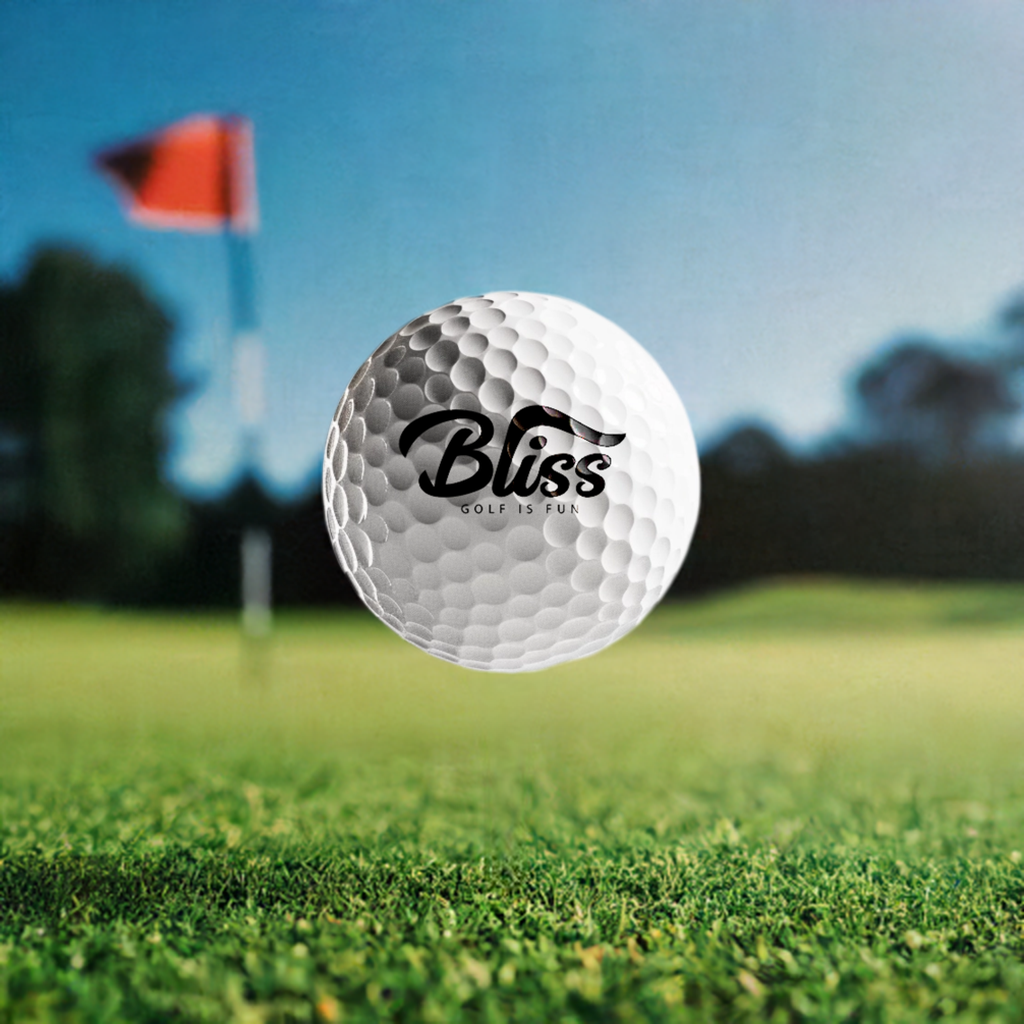
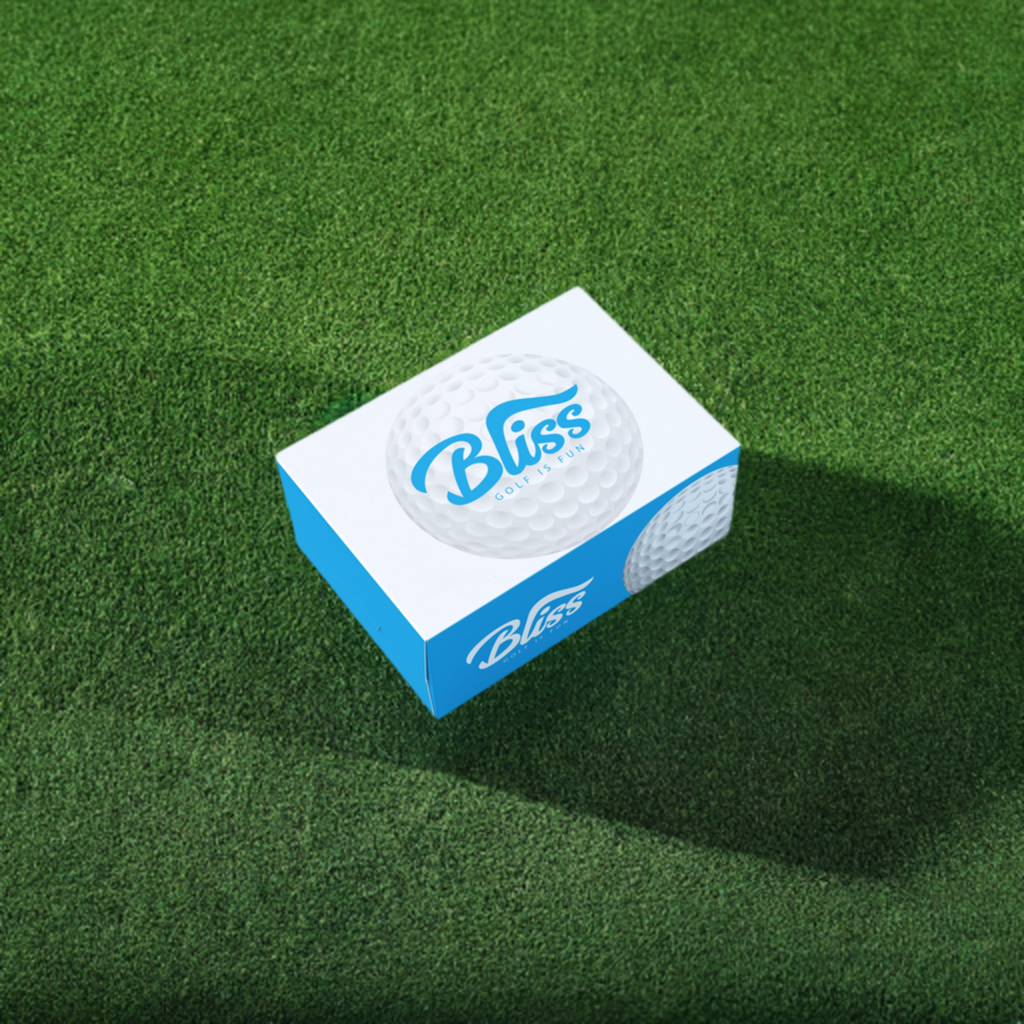

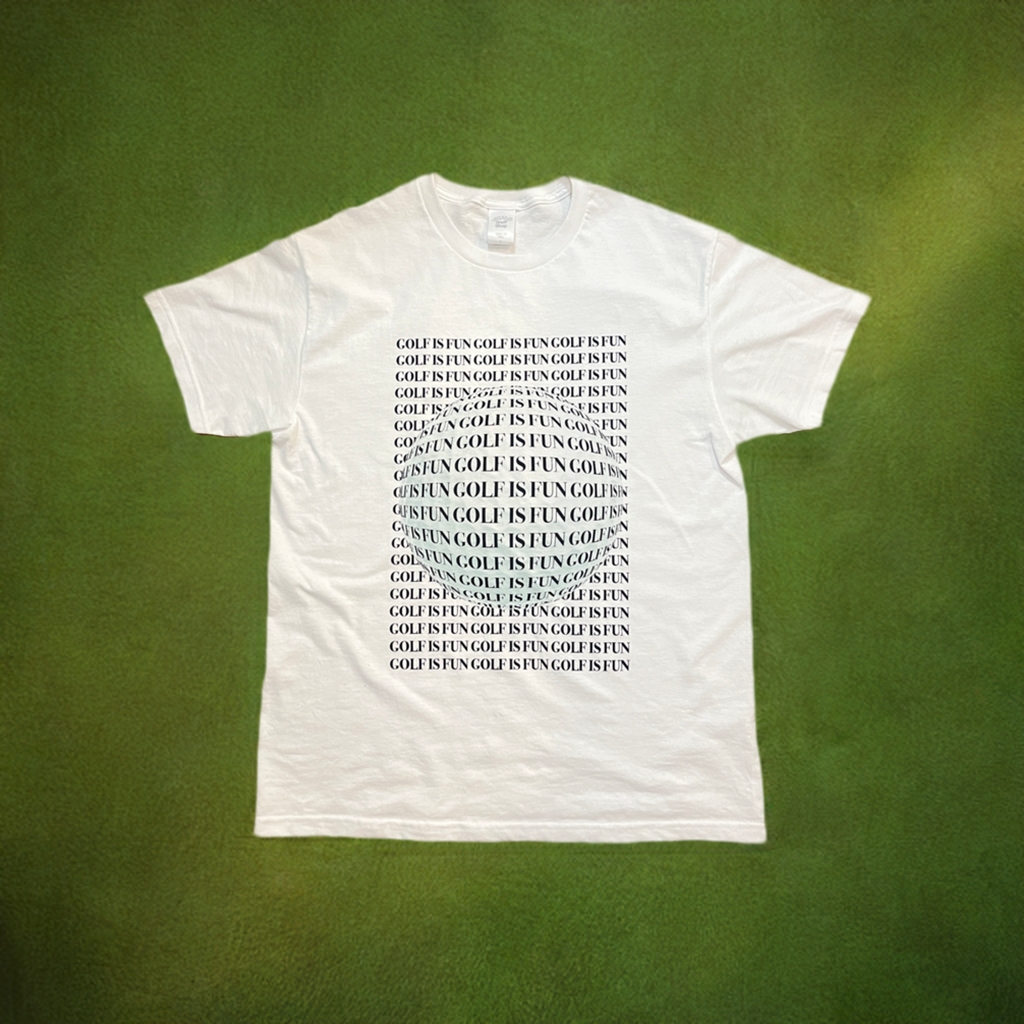
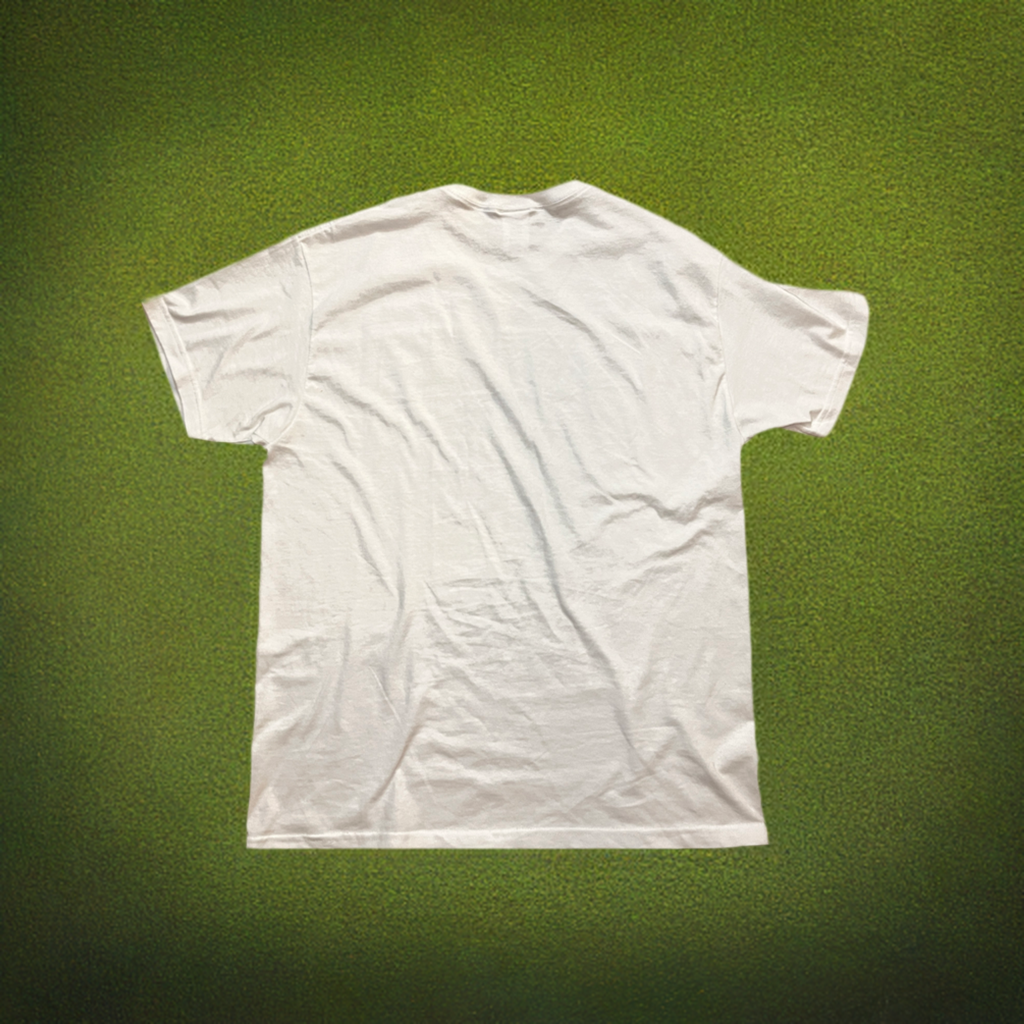

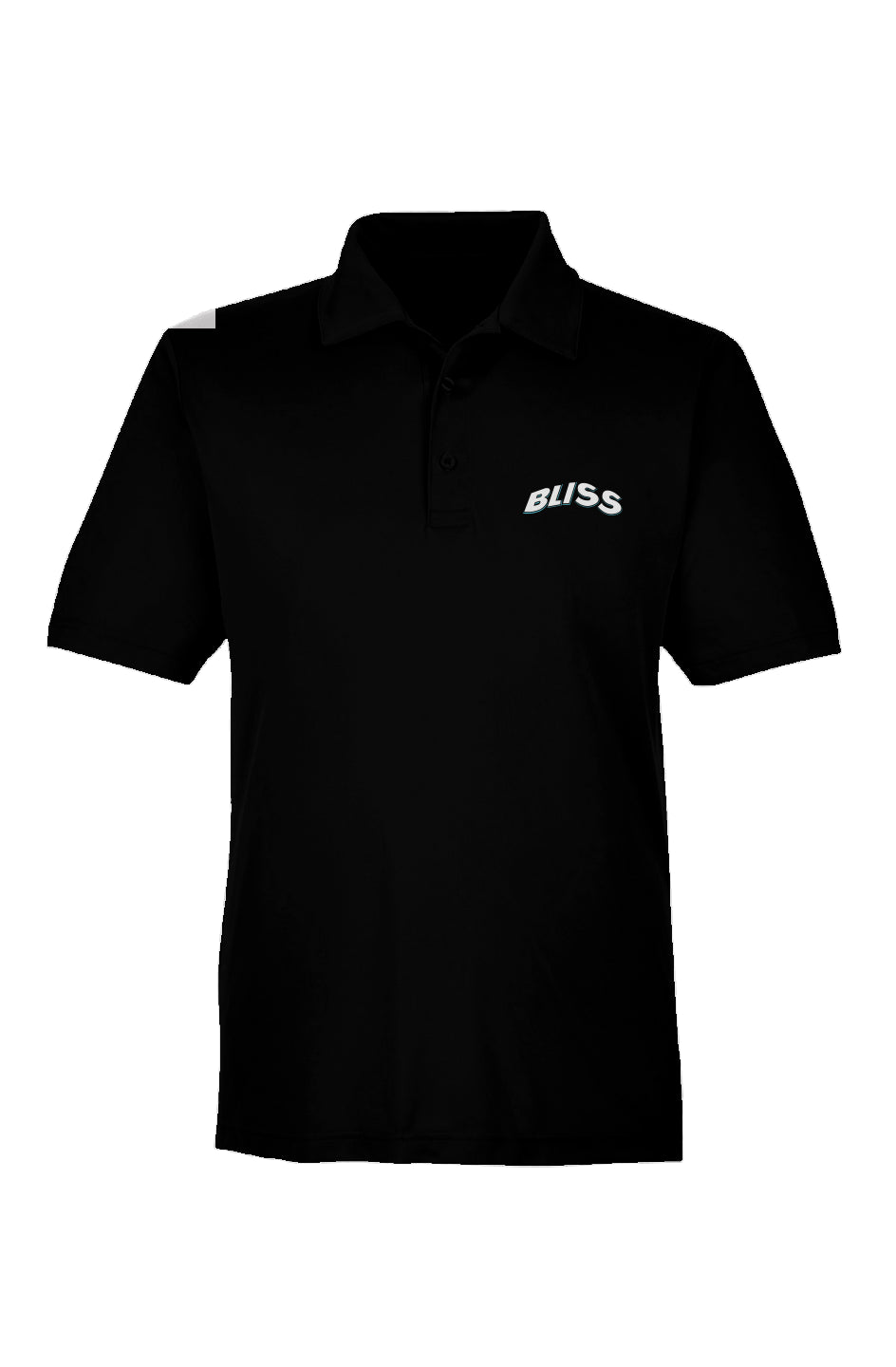

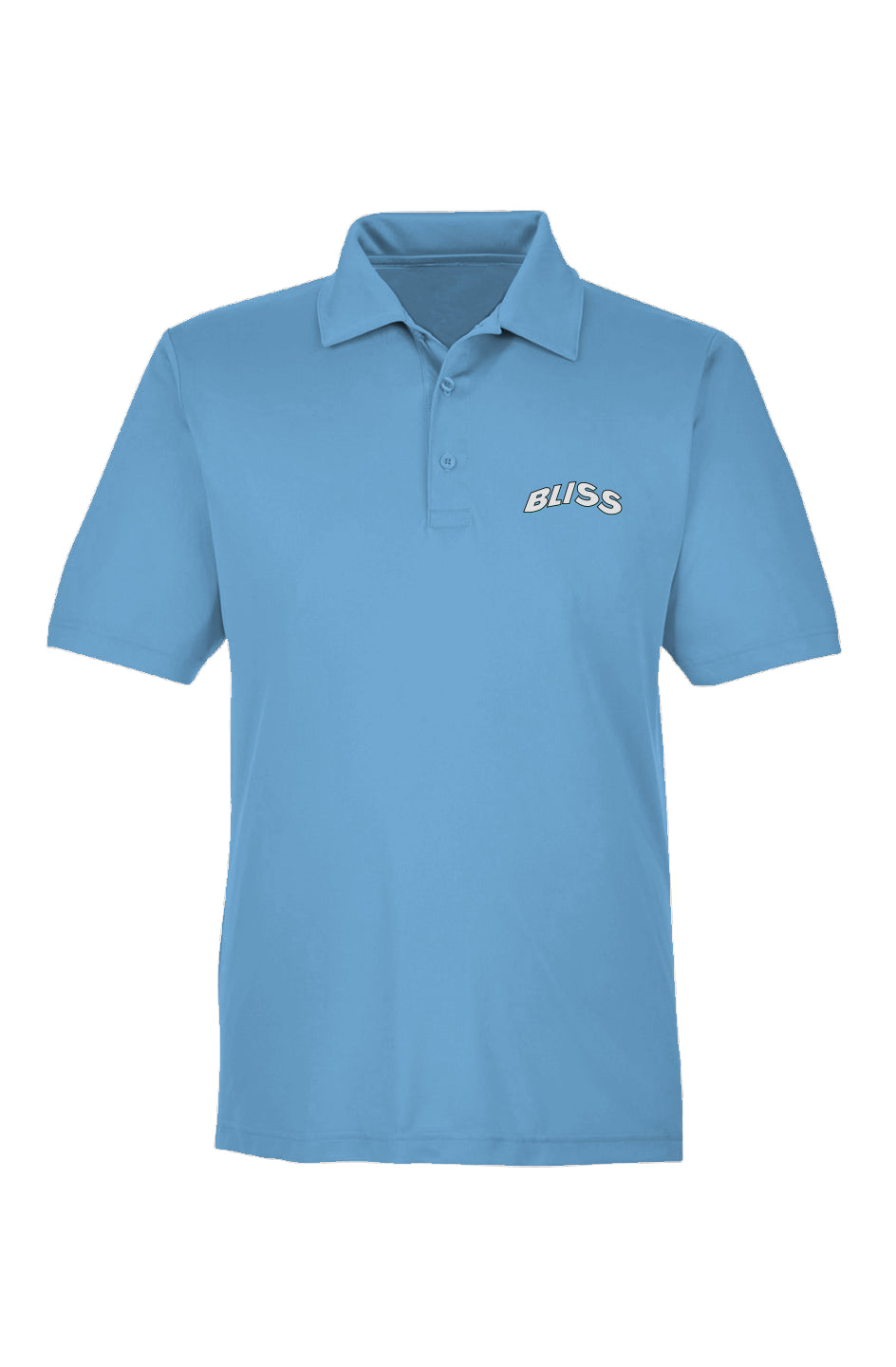
Leave a comment
This site is protected by hCaptcha and the hCaptcha Privacy Policy and Terms of Service apply.